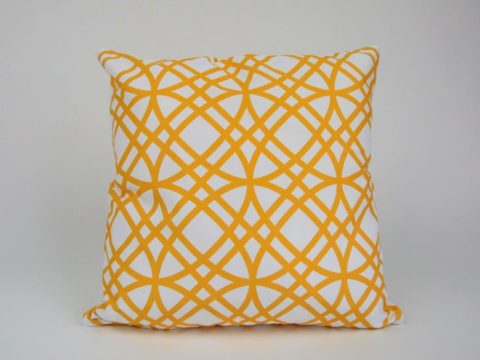Elizabeth Tudor and Mary Stuart
Ideas of queenship in the sixteenth century
Chapter 2 : European Writings
As I have written earlier on this website, sixteenth-century Europe saw an explosion of female rule. The irony is that even countries which (unlike England) subscribed to the Salic Law by which a woman could neither inherit nor pass on right to the crown nonetheless often saw a powerful tradition of women at the helm. While Isabella ruled Castile as queen regnant, Anne de Beaujeu ruled France as regent in all but name during the minority of her younger brother Charles. Another Charles, the future Emperor Charles V, had his aunt Margaret of Austria control the Netherlands as regent - to be succeeded in the post by her niece Mary of Hungary, who would eventually be succeeded by her niece Margaret of Parma.
As Isabella of Castile contemplated the throne in 1468 Martin de Cordoba wrote, in the Jardin de nobles doncellas:
‘Some people, My Lady . . . take it badly when a kingdom or other state comes under the rule of a woman. But, as I will explain below, I disagree, since, from the very beginning of the World to the present, we see that God always gave women responsibility for humanity’s salvation, so that life would emerge from death’.
Cornelius Agrippa, whose 'Of the Nobilitie and Excellencye of Womankynde' was originally published in 1509 and dedicated to Margaret of Austria (though the English edition, tellingly, came as late as 1542) said that the differences between men and women were merely physical. ‘The woman hath that same mind that a man hath, the same reason and speech, she goeth to the same end of blissfulness, where shall be no exception of kind’ - and the only reason they were subordinate was lack of education and masculine ill will.
Nor was his in any sense a lone voice. The so-called ‘querelle des femmes’ debate about the nature and status of women ran from the 15th to the 17th centuries. Anne de Beaujeu and her daughter Suzanne were the dedicatees of Lyonnais humanist Symphorien Champier who wrote The Ship of Virtuous Women, extolling exemplary women from history and mythology; Anne’s library at Moulins included multiple copies of Christine de Pizan’s Book of the City of Ladies.
It is easy to find more late 15th century writing praising women, and often produced under their patronage. In The Book of the Courtier Castiglione has Margaret of Gonzaga encouraging the telling of stories about noble women. Eleonora of Aragon (married to the Duke of Ferrara) possessed a number of works praising women; in 1497 De Plurimis Claris Selectisque Mulieribus by Jacopo Foresti Bergamo was dedicated to her sister Beatrice, Queen of Hungary; in 1501 Equicola’s De Mulieribus and Strozzi’s Defensio Mulierum benefitted from the patronage of Eleanora’s daughter Isabella d’Este. The list goes on . . .
The question is when - and why - such works might have been read in England, which as the sixteenth century dawned lagged some way behind continental Europe in any acceptance of female rule.





